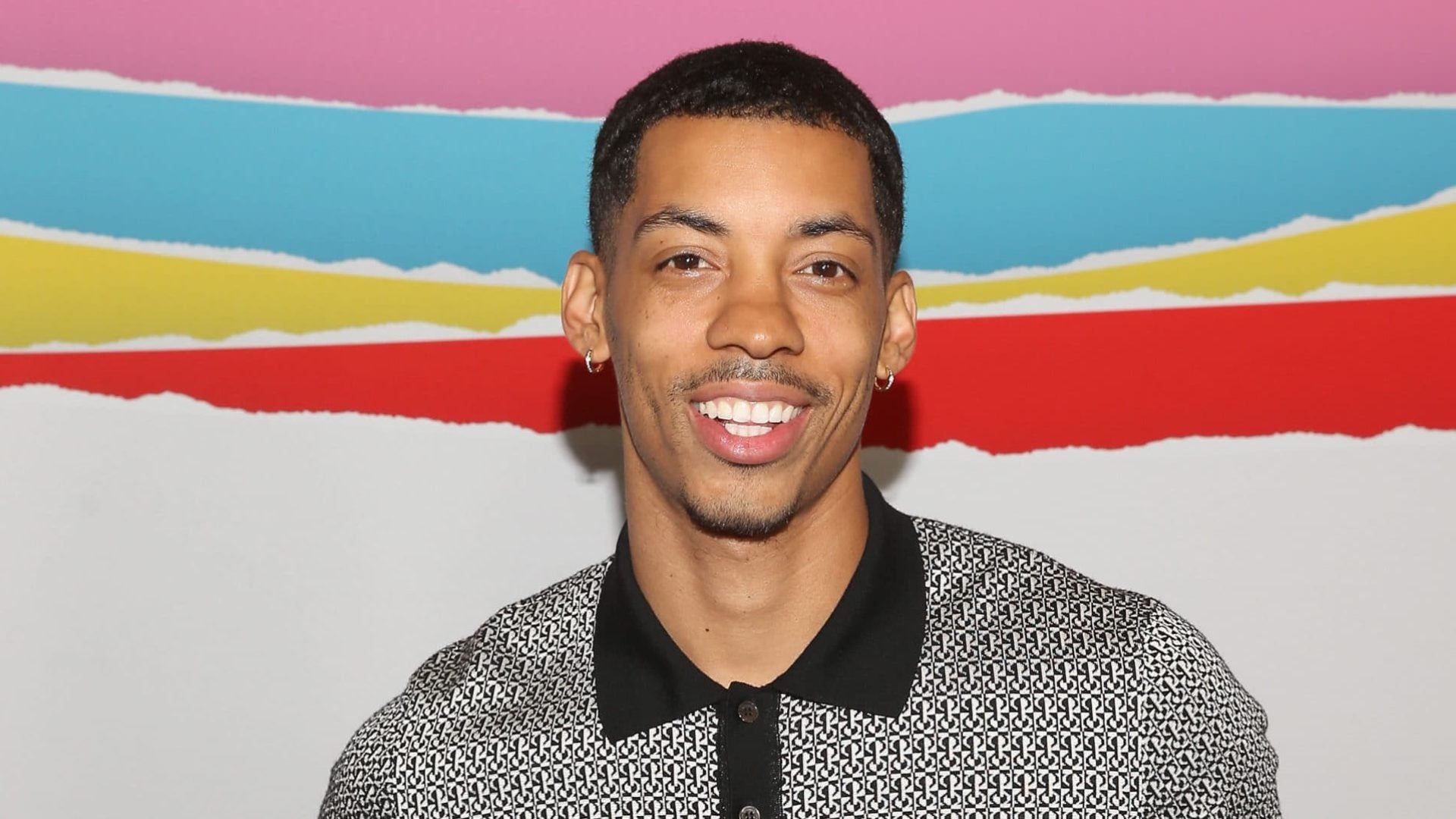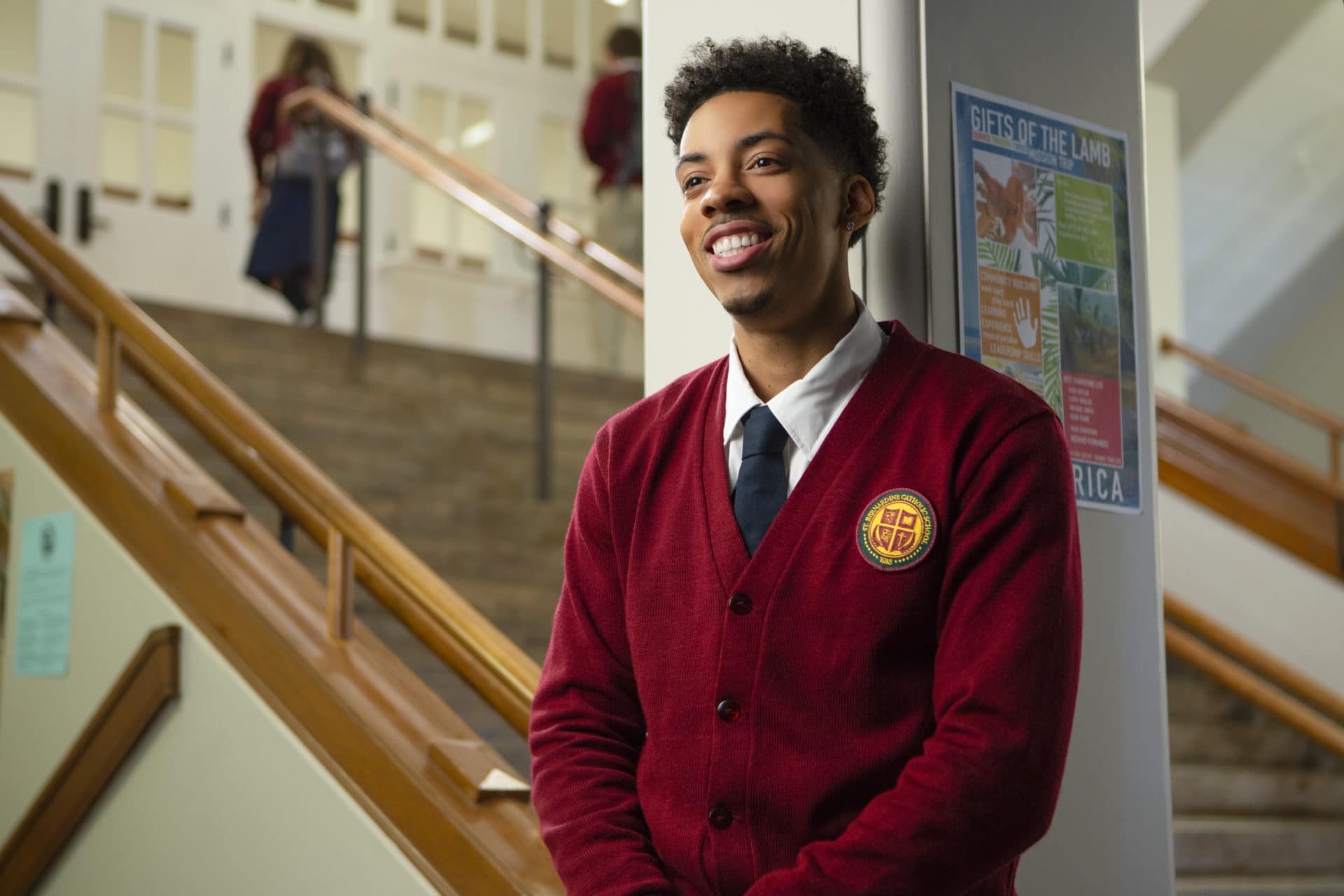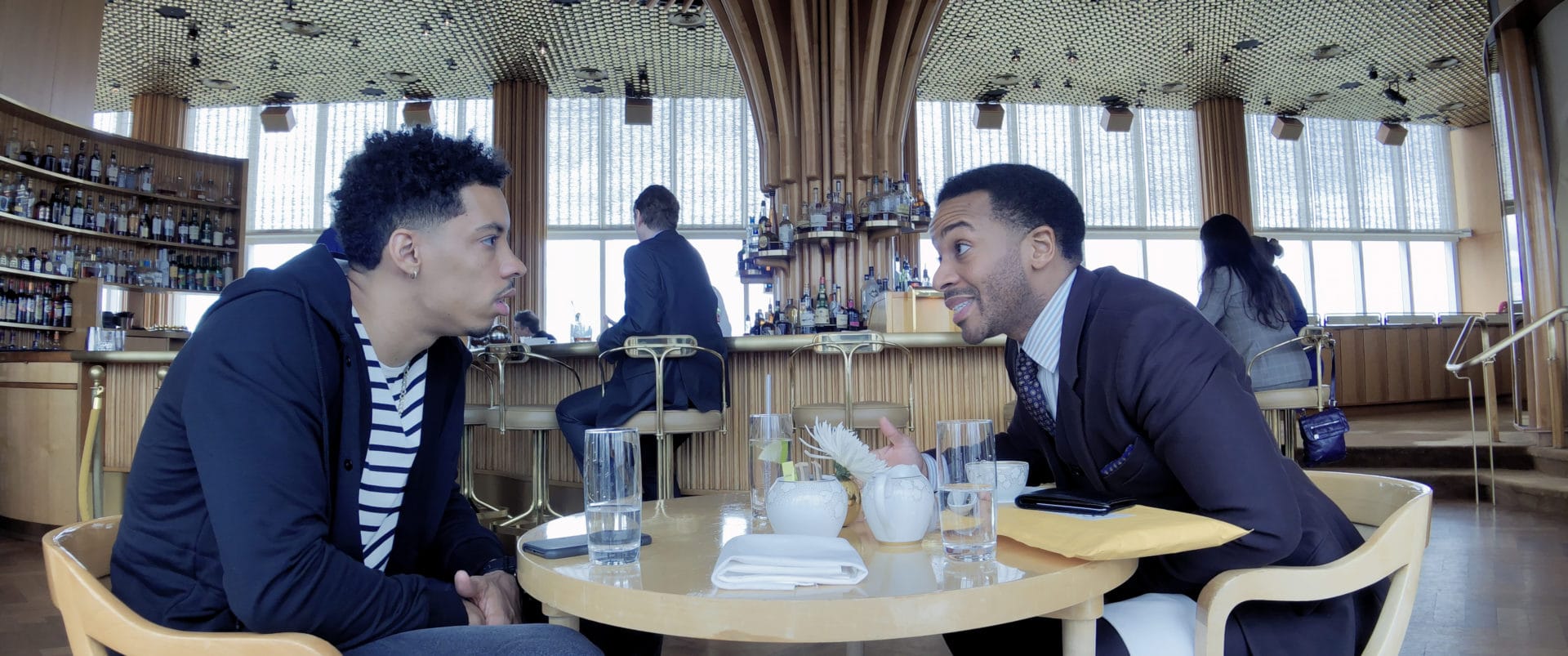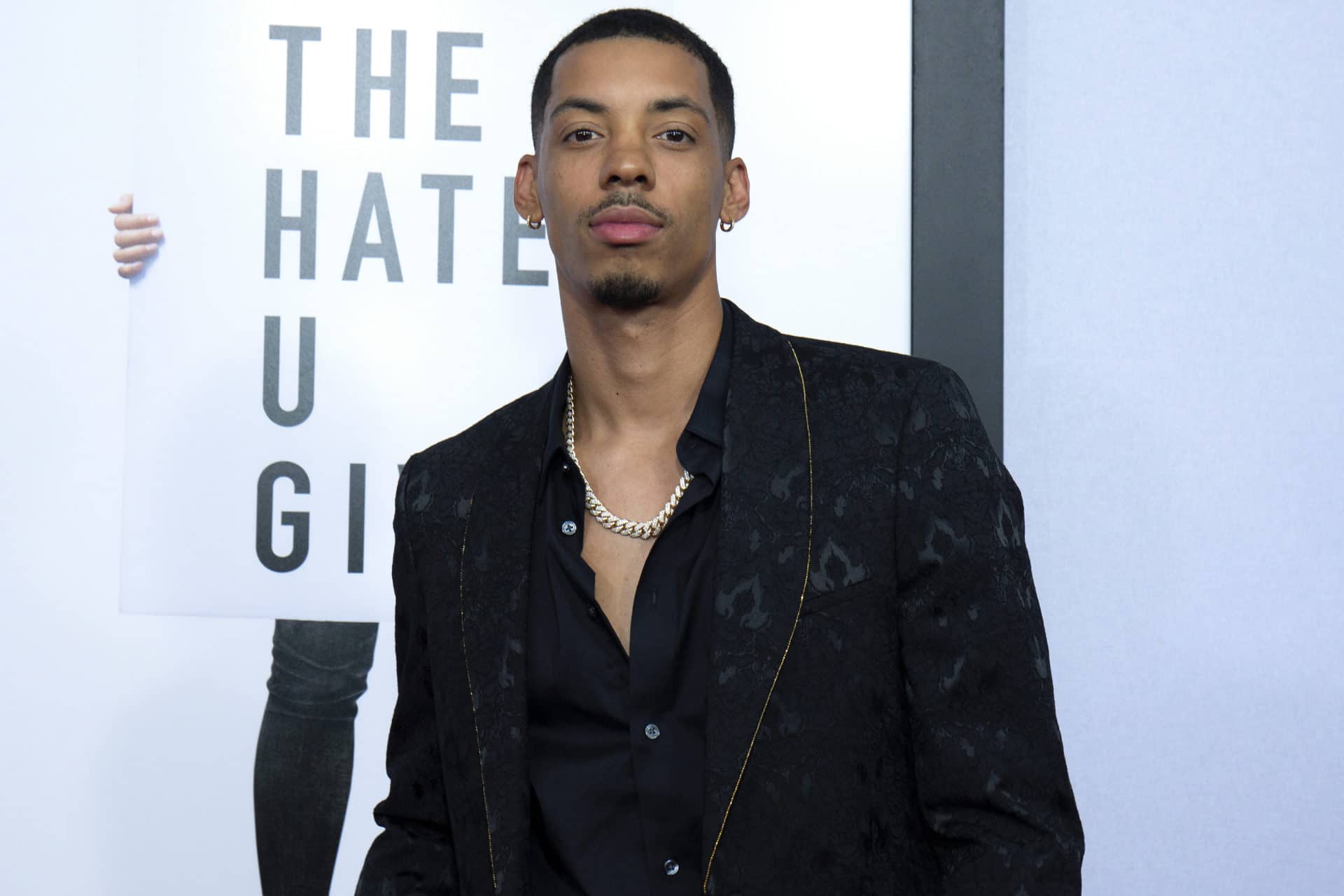
Melvin Gregg was not going to wait to be discovered.
It’s a cliché that appears in nearly every Hollywood movie—the aspiring star who is somehow magically whisked away into the world of fame and red carpets. But Gregg created his own lane.
After moving to Los Angeles to pursue acting, appearing in indies and student films, the 30-year-old actor, like many of his peers, turned to social media.
“I started doing social media to kind of gain leverage, to hop back into a traditional space,” Gregg tells ESSENCE. “I was doing it for two, three years. There was a lot of work that went into it.”
That hard work paid off. To date, Gregg has over three million followers on Instagram, where he shares hilarious videos in which he stars, writes, and produces.

This is not an unusual story if you’re familiar with the rise of social media stars, but where Gregg differs is his transition into the traditional Hollywood space.
His turn as DeMarcus Tillman on American Vandal made him a fan favorite. He was memorable as Zach Taylor on UnREAL and a standout as LaShawn Devereux on Hulu’s Freakish. And, most recently, Gregg appeared alongside André Holland in Steven Soderbergh’s High Flying Bird.
It wasn’t a seamless transition from Gregg, who somehow managed to juggle social media with film and television work.
“When I decided to move back into a traditional space at one point I was trying to blend the two…and it just wasn’t really working out,” he says. “I was doing smaller roles, but they really weren’t roles where I felt like I could get the recognition that I needed to fully cross over as an actor.”
“At the end of 2017, I just decided I was gonna pull back on social media altogether and focus more on traditional stuff. In less than a month, thankfully, I had both High Flying Bird and American Vandal. I ended up shooting them at the same time too.”

While both projects were stellar opportunities, Gregg admits he still gets asked to audition for stereotypical roles, but he understands that’s the way Hollywood works for rising talent.
“It’s better to be thought of for one type than no type at all,” he explains. “I was getting a lot of athletic roles, but I mean that’s what I’ve been doing. In High Flying Bird, I was a basketball player. In American Vandal, I was a basketball player…I’m glad I fit a build for one particular character and I have an opportunity to really showcase myself as an actor. That could lead to different, more versatile roles. So I think of it as a blessing.”
Working on a film like High Flying Bird, which Soderbergh shot on an iPhone, has changed his own outlook on the projects he creates.
“The whole way that movies are being made has shifted towards something different. It kind of leaves anybody who’s creative, or considers themselves creative, no excuses. You got a phone, you can shoot it.”








“For me, being a creator, a writer, a director, I’m looking at new ways to create long-form content,” Gregg continues. “And with short-form content, I’m just trying to find new ways to do it. I’m working on a whole new concept. I’m trying to find a new way to market it. I’ve created a story and a character and now I’m trying to push the character, to develop the character out.”
Gregg’s star will inevitably rise as he continues to pursue traditional roles alongside his own projects, but will his relationship with social media change as he becomes more recognizable? Not likely.
“Social media is what you make it. It’s your platform. It’s your channel. You can make it a network. You can make it a personal profile. You can make it a promotional tool. It’s all on how you decide,” he says. “For myself, I’m not sure. It’s on my mind. I’m conscious of it at least every day and every project. I guess it’s just how you decide to utilize it, how much you want to give it. It’s the same game, but it’s just more people watching.”





